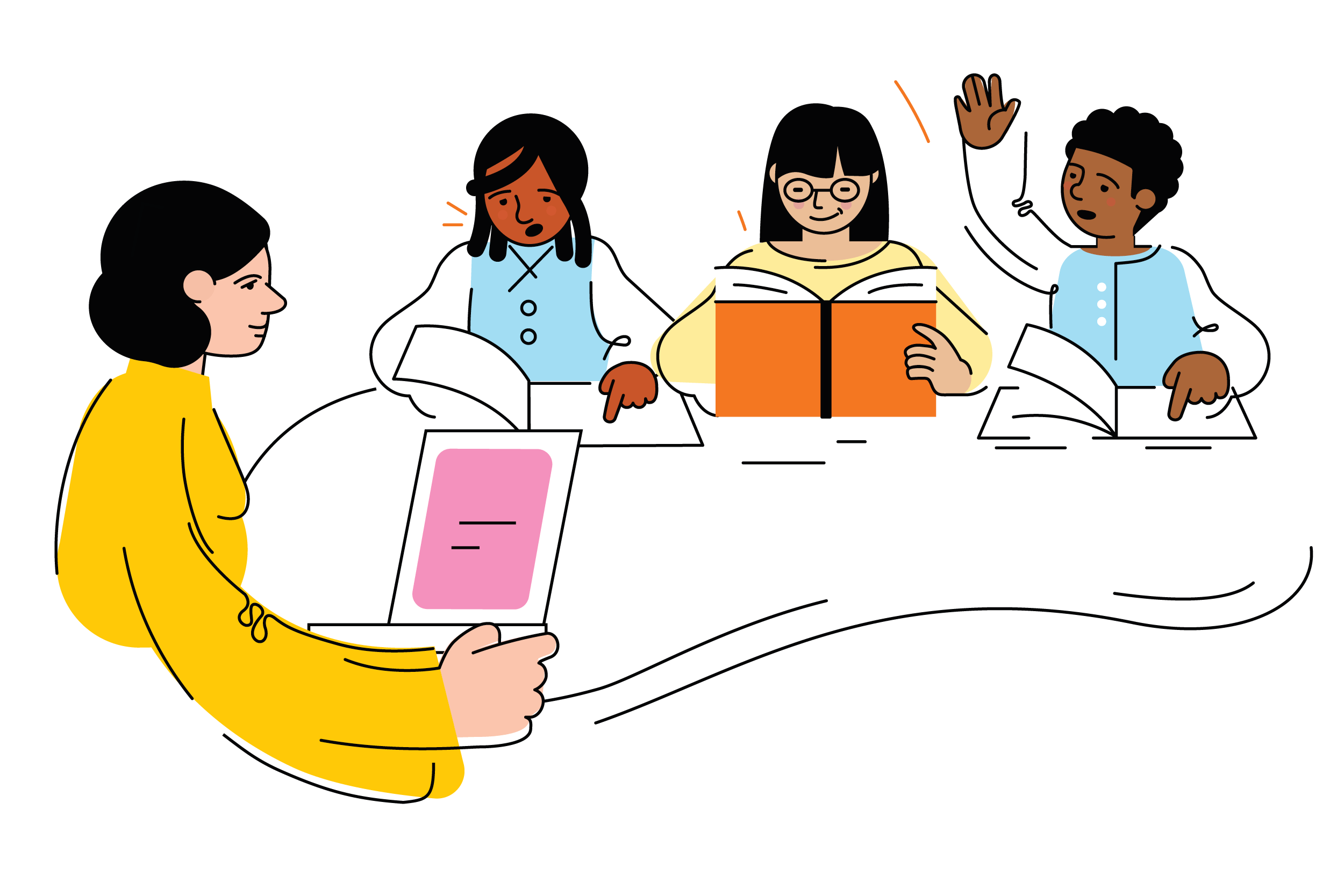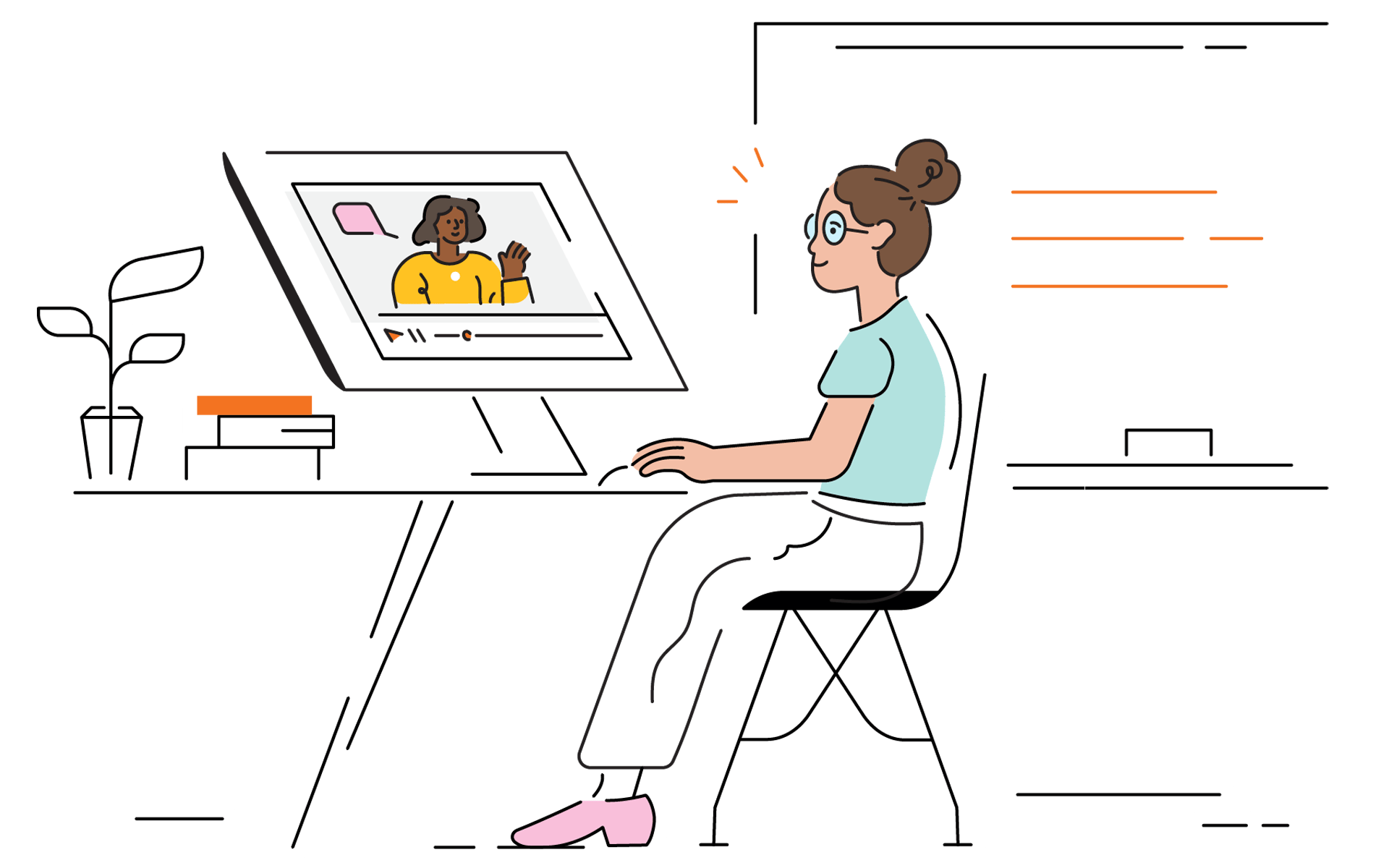How science and data can help us deliver the instruction and interventions that help all kids read
Watching kids learn to read? Magic. Learning how kids learn to read? Science.Ěý
As you likely know, the encompasses the pedagogy and practices proven by extensive research to effectively teach children how to read. The growing body of evidence around the Science of Reading tells us that with explicit, systematic instruction, all ąú˛úÂ鶹ľçcan learn to read at or near grade level.Ěý
So as educators, we can think of it as the science of teaching reading.Ěý
In this post, we’ll look closer at that science in the classroom and explore how it delivers literacy skills in a way that meets the needs of all students. We’ll describe the critical elements of a complete Science of Reading ˛ő˛â˛őłŮ±đłľâ€”including, but not limited to, a Science of Reading curriculum—and explore how it aligns with a Multi-Tiered System of Supports (MTSS) framework.Ěý
We’ll also underscore the importance of data in informing instructional decisions—but in a way that might surprise you.Ěý
The five critical elements of a Science of Reading system
Strong core instruction grounded in Science of Reading principles is crucial. But in isolation, even that’s not enough. To be powerful and effective, a literacy needs to bring together assessment, curriculum, intervention, personalized learning, and ongoing professional development.
An effective early literacy system aligns the following five key components with the principles of the Science of Reading. This way, each component shares a research-based foundation and works to meet the needs of all students.Ěý
- Universal and dyslexia screening. Assessment should include universal screening, dyslexia screening, and progress monitoring to identify at-risk ąú˛úÂ鶹ľçwith actionable data and align instruction to areas of greatest need.
- Core instruction. A high-quality core program includes explicit, systematic instruction in foundational skills and a coherent approach to building background knowledge and vocabulary.
- Personalized learning. Effective personalized learning programs support both remediation and acceleration. They can reinforce core instruction or serve as a supplement to provide teachers with a taste of what research-based instructional tools can do.Ěý
- Intervention. Intervention should be staff-led and data-driven, with students’ needs clearly identified and frequently monitored.Ěý
- Science of Reading professional development. Districts across the country are making the shift to the Science of Reading. As you evaluate where to start, begin by sharing and cultivating a learning community among colleagues. The more knowledge you gain, the easier it will be to identify which areas to prioritize.Ěý
How MTSS aligns with the Science of Reading
The approach described above can integrate powerfully with MTSS.
For a thoughtful discussion of this kind of integration with examples from real classrooms, listen to of Amplify’s Science of Reading: The Podcast, with guest Dr. Brittney Bills, curriculum coordinator at Grand Island Public Schools.Ěý
In this episode, Dr. Bills described the difference between reading interventions grounded in a MTSS framework, and Response to Intervention (RTI). By definition, RTI reading is a response and solution to an identified problem. Though RTI is necessary and effective, MTSS can help prevent struggles in the first place.Ěý
Dr. Bills also shared one core idea that might surprise you: When it comes to differentiating instruction, small groups are not always the most effective approach. Instead, she introduces the concept (included in the MTSS model) of a class-wide intervention.Ěý
In Dr. Bills’s experience, grouping can take time away from instruction. “You might have a group of kids getting this five-minute intervention three times a week, and that group of kids getting that ten-minute intervention two times a week … we piecemeal that out,” she says.Ěý
But data can lead us to different decisions: “If 60% or more of your ąú˛úÂ鶹ľçare demonstrating a need for, say, oral reading fluency, then you would implement a class-wide intervention,” says Dr. Bills. “The reality is that we have more kids than not who have the same difficulties.”Â
Paraphrasing reading expert Dr. Steven Dykstra, Bills says, “We don’t need more individualized instruction. We need better cookie cutters.”
Of course, we still need data to guide us, Bills notes. “We want to leverage data to make decisions that are going to help us arrive at our outcomes or our goals in the most efficient and effective means possible.”
How Amplify can helpÂ
Amplify’s been turning that science into great literacy instruction for two decades. And through our Science of Reading podcast and free professional development events, we’re constantly working with the best experts in the field to make our programs even better—and to share the latest insights with teachers, because we believe the Science of Reading is for everyone.Ěý
Amplify’s early literacy suite is based on 20 years of experience with the Science of Reading. The assessment and intervention power of mCLASS®, the core instruction of Amplify CKLA®, and the personalized learning of Amplify Reading come together in a complete system that saves you time and aligns your literacy practices.
The suite comprises a family of programs that are all built on the Science of Reading and connect with one another. What makes it powerful?
- It’s a cohesive literacy solution to support MTSS and RTI.Ěý
- Aligned resources do away with the need for piecemealing.
- Data drives next steps for whole-group, small-group, and individual ąú˛úÂ鶹ľçinstruction.



